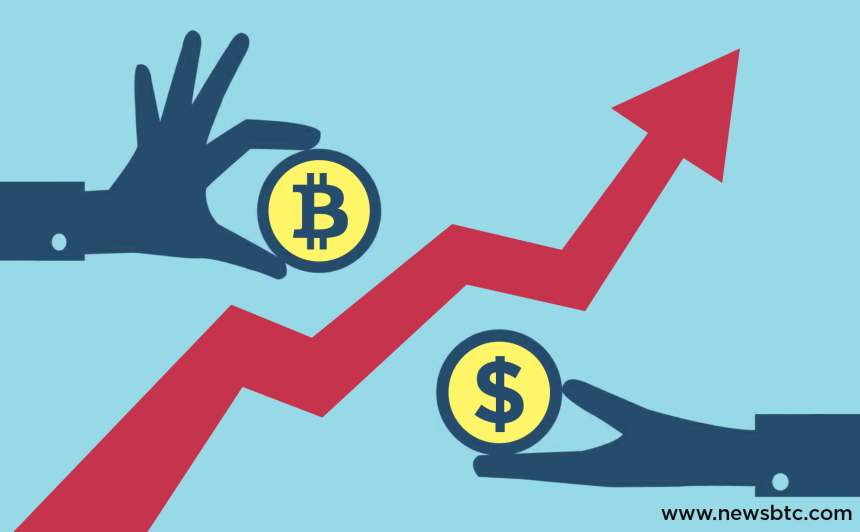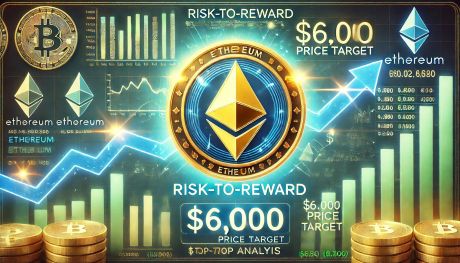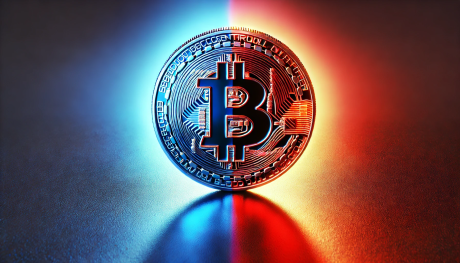Lately, we witnessed an episode of confrontation between supporters of different approaches and views on centralization and decentralization. Ethereum’s co-founder, Vitalik Buterin, in an interview with TechCrunch, spoke for complete decentralization, saying he hopes centralized exchanges go “burn in hell.” According to him, The Ethereum Foundation tries very hard to be a decentralized organization, but it faced a challenge in a decentralized user authentication implementation. Buterin remarked, that if all user authentication methods wound up, they’d use Coinbase, but they’d prefer not to. In his view, the primary purpose of centralized exchange is to serve as an interface between the fiat world and cryptocurrencies. While it’s still early days for crypto-to-crypto exchanges, generally, he thoroughly disapproves centralization.
On the other hand, Changpeng Zhao, CEO of Binance – currently the world’s second largest cryptocurrency exchange, by means of 24-hour trade volume, disagrees with Vitalik. On Twitter, he answered Buterin’s complaints. Zhao suggested Vitalik appreciate the fact that centralized exchanges are part of an ecosystem, not independent parties. According to his tweet, fiat had a significant impact on the development of decentralized digital coins. If it wasn’t because of fiat currency and centralized exchanges, the liquidity would have been lesser and the scale of the industry would have been smaller. Zhao noted that people choose centralized solutions for a number of reasons. Among them is the fact that there’s no absolute decentralization, projects having a core team means there’s still an element of centralization. He also pointed out that decentralization is not safer by default, and reminded everyone about the situation involving Ethereum Classic and the Ethereum DAO. In that situation, the decentralized organization suffered because of a security problem which led to a hard fork on the original network. Zhao noted that the primary goal isn’t decentralization itself but freedom and keeping options open.
This conflict of opinions shows the differing perspectives between centralized exchange and decentralized exchange supporters. Supporting decentralization is a sort of a fad nowadays. People either equate decentralization to complete freedom without a deep understanding of how it really works or speculate on the idea just because “decentralization” sounds hype. But is decentralization of exchanges better in reality? Let’s take a look.
Decentralization is Not the End Goal
When comparing centralized exchanges and their decentralized counterparts, it becomes fairly evident that most cryptocurrency exchanges cannot compete with more traditional equity trading platforms in terms of speed of execution, sophistication of order management, quality of API, efficacy of risk control, etc. Decentralized platforms provide direct exchange between transacting participants, meaning they bring in no profits, hence, their growing opportunities are considerably limited. Their trade mechanisms are usually slow and they don’t offer so many market tools. Centralized exchanges, on the contrary, provide a more significant number of market tools and their performance is usually more stable.
It’s a bit paradoxical, but for those who value safety, centralized exchanges are the better choice. Many of today’s popular exchanges lack the most basic licenses and haven’t been audited by internationally recognized agencies. While the ideals of freedom and independence are a driving force in the crypto community, such an approach also results in a growth of manipulative trading tactics and requires too much trust for an industry that is meant to be trustless. Licensing is essential for any business involved in trading digital assets.
Decentralized blockchain solutions are expensive and difficult to develop. The blockchain doesn’t give its processing power for free; each operation requires a fee. If developers create a smart contract that performs 20% better, it results in a 20% higher fee. At the same time, there are centralised exchanges that work without fees and remain profitable. Decentralised exchanges have no other means of generating revenue and would be at a loss if they had taken this approach.
On decentralized exchanges, the speed of trading is slower. The blockchain is merely a chain of machines located all over the world and a ping inside of it is slower than a ping to a server or even to a group of servers. It may not be crucial for ordinary traders, but it is for high-frequency trading (HFT) which at this time can only be implemented on traditional centralized exchanges.
Hybrid Solutions: Taking the Best from All Technologies
As always, both centralized and decentralized exchanges have advantages and disadvantages, and the choice would depend on traders’ needs and requirements. Nowadays a new form of hybrid exchanges are showing up. Such exchanges can be called semi-decentralized: they prefer high performance to full decentralization and also use the blockchain only when necessary, opting for centralized solutions elsewhere; this helps to decrease development and operating costs.
“Hybrid semi-decentralized exchanges take best from both centralized and decentralized solutions and aim to solve their typical problems. Hybrid exchanges are working to make their solutions transparent and trustful but don’t follow the hype trends blindly. For instance, the blockchain is an ultimately useful technology for some cases, but it is enormously expensive to use, especially when dealing with large chunks of data. So it’s wise to choose the blockchain when it is crucial and opt for cheaper centralized solutions when possible” – says “Rayan Goutay, an expert in strategy in this field at the intersection of technology, business, and regulations. He has recently been appointed General Counsel at GateX an upcoming hybrid semi-decentralized exchange.
How Exchange Listings Affect Token Prices
Exchanges are needed not only as a trading facility; they’re essential for the success of new digital coins. The cryptomarket is still considerably young and volatile, new coins show up constantly, and many of them never get in front of investors because they fail to get listed on exchanges. Moreover, listing on top international digital asset exchanges usually results in a price boost for the cryptocurrency as when a token is listed on an exchange, the number of interested investors increases. Furthermore, the asset becomes more liquid and the intrinsic value is greatly affected. The effect of exchange listing is most visible right after, but it has a positive impact for the long-term perspective: the more the coin is before the public, the higher its value will be in future.
The positive effect of exchange listings is augmented with an additional trust which a community gives to a digital coin. The wider the project’s community, the more the credibility it gets. As a result, the better its proper asset looks on a global economic level. New coins appear frequently, and one of the primary challenges for developers is to build a well-informed community and have loyal users. Here is when the role of exchanges cannot be overestimated.























